Pregunta

A square has side length of 4.3 in . If the area is multiplied by 4
, what happens to the perimeter?
, what happens to the perimeter?
Ask by Herrera Sandoval. in the United States
Mar 21,2025
Solución de inteligencia artificial de Upstudy
Respuesta verificada por el tutor
Responder
When the area of a square is multiplied by 4, the perimeter is also multiplied by 4.
Solución
To determine what happens to the perimeter when the area of a square is multiplied by 4, we need to understand the relationship between the area and the perimeter of a square.
Given:
- Side length of the square = 4.3 inches
The area of a square is given by the formula:
The perimeter of a square is given by the formula:
When the area is multiplied by 4, the new area is:
Since the area is multiplied by 4, the side length of the square will also be multiplied by 2 (because the area is the square of the side length). Therefore, the new side length will be:
Now, we can calculate the new perimeter using the new side length:
Let’s calculate the new perimeter.
Calculate the value by following steps:
Calculate the value by following steps:
- step0: Calculate:
- step1: Multiply the numbers:
The new side length is 8.6 inches.
Now, let’s calculate the new perimeter:
Therefore, when the area of a square is multiplied by 4, the perimeter is also multiplied by 4.
Respondido por UpStudy AI y revisado por un tutor profesional
Como
error msg
 Explicar
Explicar  Simplifique esta solución
Simplifique esta solución Beyond the Answer
When you multiply the area of a square by 4, you are effectively increasing the side length. The area of a square is calculated as side length squared, so if the original side length is 4.3 in, the area is
Now, the perimeter of a square is calculated as four times the side length, so the new perimeter will be
Keep in mind that this happens specifically with squares; if you play with other shapes, the relationship between area and perimeter can behave quite differently. Geometry is full of surprises!

¡Prueba Premium ahora!
¡Prueba Premium y hazle a Thoth AI preguntas de matemáticas ilimitadas ahora!
Quizas mas tarde
Hazte Premium

